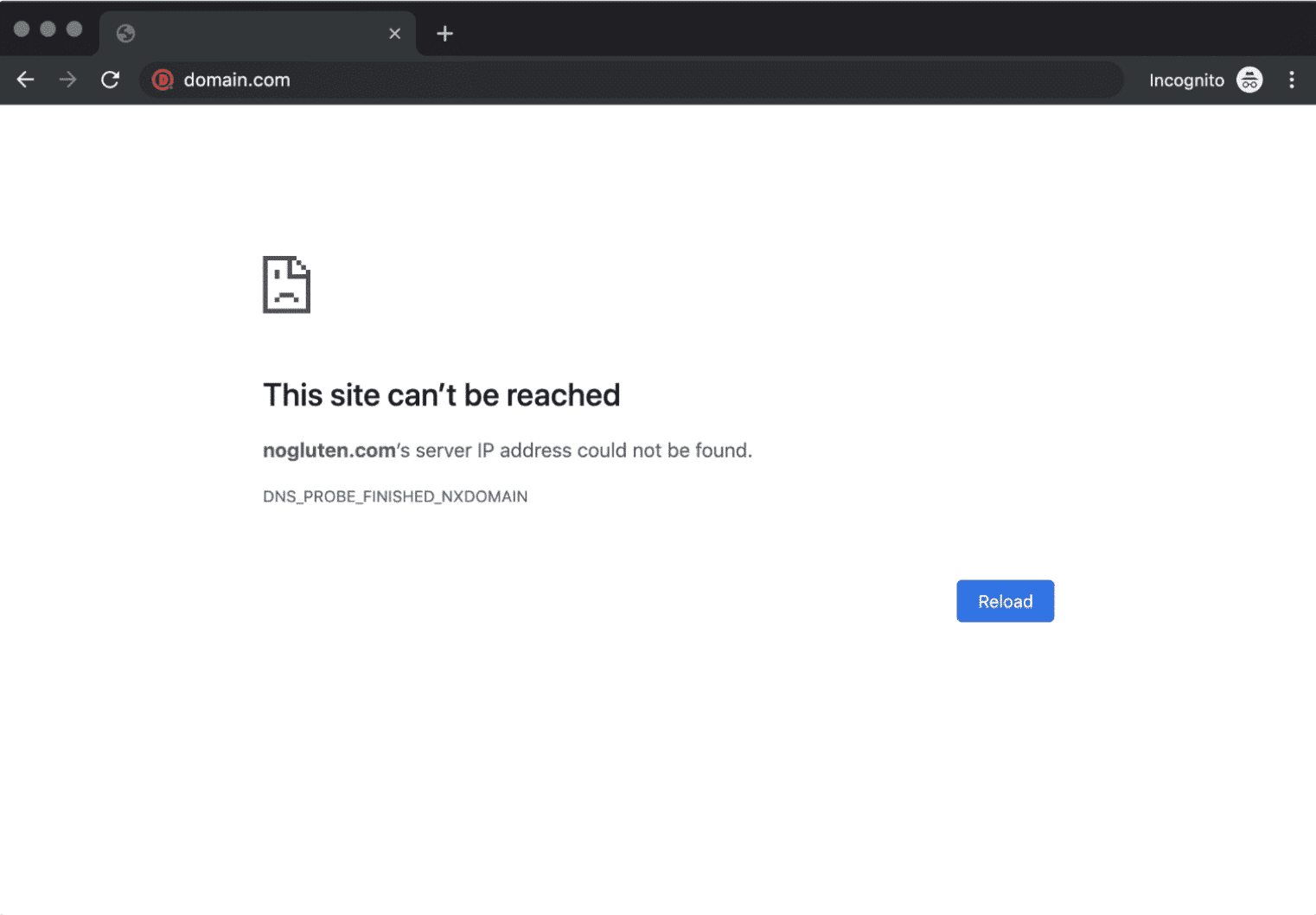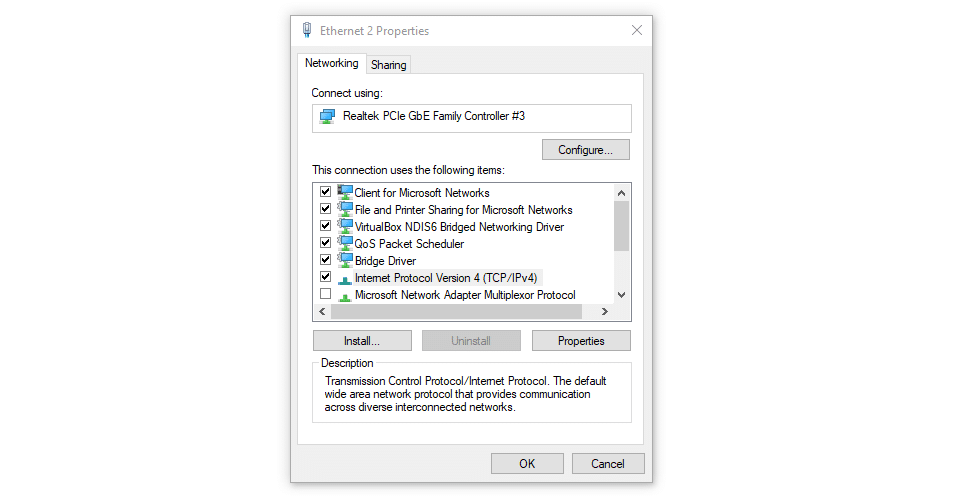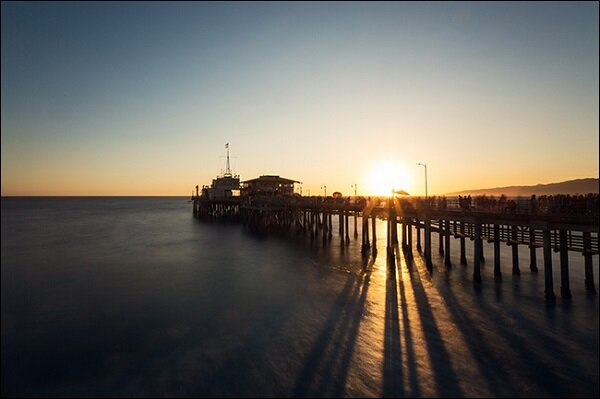8 Tips To Fix “This Site Can'T Be Reached” Chrome Error In Google Chrome
Everyone runs into the occasional error while browsing the web. Some error codes, such as Error 404, are easy to understand. However, others like “This site can’t be reached” are much more vague and don’t offer any information on how to fix them.
Đang xem: Fix “this site can't be reached” chrome error
There are several potential causes for the “This site can’t be reached” error in Google Chrome. Understanding what those causes are will help you decide what troubleshooting method(s) to use, so you can access the website you need.
In this article, we’ll talk about what causes the “This site can’t be reached” issue. Then we’ll go over five ways to fix it.
Let’s get to work!
What Causes the “This Site Can’t Be Reached” Error
One of the reasons the “This site can’t be reached” error is so frustrating is that Chrome can be unclear about what causes it. Moreover, the message can appear alongside a broad range of error codes.
For example, you can get that notification if you run into the DNS_PROBE_FINISHED_NXDOMAIN error:

The DNS_PROBE_FINISHED_NXDOMAIN error in Chrome.
That same error message will also appear if your connection times out or if you encounter the ERR_CONNECTION_RESET code:

A timeout connection error in Chrome.
Clearly, Chrome uses the “This site can’t be reached” message as a catch-all description for a lot of errors. By and large, the most common causes are:
Connections that time outAn overall failure of your internet connectionMisconfigured internet, network, or firewall settings
Although Chrome does suggest a few fixes within each error screen, there are a lot more ways that you can troubleshoot this issue.
How to Fix the “This Site Can’t Be Reached” Error (5 Ways)
For this section, we’re going to walk you through five ways (from least to most complicated) to troubleshoot the “This site can’t be reached” error. Let’s start with the simplest fix, which involves checking your connection.
1. Restart Your Internet Connection
Even if you have a working internet connection, the “This site can’t be reached” error can appear if there’s any type of error with it. Although it may sound too simple, restarting your router or modem can often resolve this problem quickly.
Since restarting your connection usually only takes a minute or two, this is the first solution you should try. Most internet service providers (ISPs) will recommend disconnecting your router’s power cable and waiting a full minute before reconnecting it. Once it’s back on, wait for your internet connection to reset, and then try re-accessing the website.
2. Disable Your Firewall and Antivirus
In many cases, your operating system’s (OS) built-in firewall — or whichever software you use — can block pages aggressively and prevent your computer from establishing a connection to them. The easiest way to figure out if that’s the problem is to temporarily disable your firewall and antivirus software, and try visiting the site again.
Depending on what OS you’re using, you’ll need to follow a different set of steps to disable the built-in firewall. You can use the following articles for guidance:
As for disabling your antivirus software, your settings will depend on the tool you’re using. In our experience, it’s rare for your firewall to block you from loading a website unless it’s truly dangerous.
If disabling your firewall and antivirus software doesn’t work, it’s time to try a different method. Don’t forget to reactivate both before moving on.
3. Clear Your Browser Cache
While you navigate the web, Chrome stores a lot of data and files from the websites you visit. Your browser stores those files in a local cache, so it doesn’t have to reload sites in full every time you visit them.

Clearing cached images and files in Chrome.
Click on Clear Data,and that’s it. Wait for Chrome to do its thing, and then try to reload the website that was giving you problems earlier.
4. Flush Your DNS Cache
Your OS stores a lot of data from websites you visit. It also stores their IP addresses in what we call the “DNS cache.” That way, your browser doesn’t have to look up the same IPs through its DNS server whenever you want to establish a connection. If that sounds familiar, it’s because the DNS cache works similarly to your browser cache, only it stores different types of data.
That’s a fantastic feature that saves every user time. However, it can also lead to errors if your OS caches outdated information for a website. In that case, you’ll need to “flush” or reset your DNS cache.
Flushing your DNS cache is a lot simpler than it sounds. We have a full tutorial on flushing your DNS cache on all major operating systems and browsers, so go ahead and check it out. If this doesn’t work, you might need to change DNS servers, which we’ll cover in the next section.
5. Change Your DNS Servers
Your ISP automatically assigns you DNS servers for your connection. However, you can configure your internet settings to use a specific set of DNS servers.

Changing your network adapter settings.

Changing your active connection’s properties.
You can add the custom DNS servers you want to use by clicking on the (+) icon. Once you configure your new DNS settings and press the OK button, you should be good to go.
Your internet connection should work just the same, but the “This site can’t be reached” error will hopefully be gone. In some cases, changing DNS servers may let you load sites faster and access websites that you couldn’t before.
Summary
Although the “This site can’t be reached” error can be annoying, it’s not that difficult to troubleshoot. In most cases, the error comes from problems with your internet connection or DNS and caching settings.
Xem thêm: Nghĩa Của Từ Ad Hoc Là Gì – Top 5 Từ Mượn Trong Tiếng Anh Phổ Biến
If you encounter the “This site can’t be reached” message, here are five ways to fix it from least to most complicated:
Restart your internet connection.Disable your firewall and antivirus.Clear your browser cache.Flush your DNS cache.Change your DNS servers.
Troubleshooting website errors can take some time. However, if you’re unable to fix them yourself, you can always reach out for support from your hosting provider. Check out our plans to learn more about the solutions we offer here at sonlavn.com!
If you enjoyed this tutorial, then you’ll love our support. All sonlavn.com’s hosting plans include 24/7 support from our veteran WordPress developers and engineers. Chat with the same team that backs our Fortune 500 clients. Check out our plans














